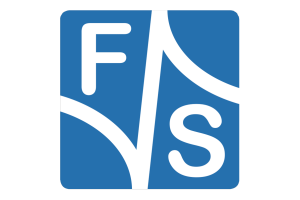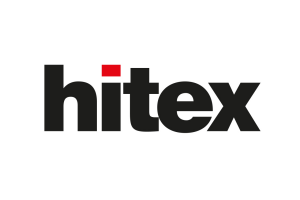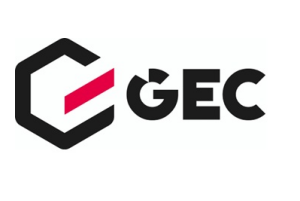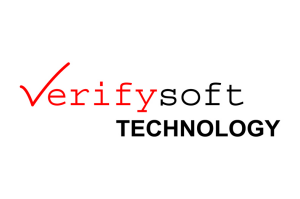Toolkit for Intel platforms
OpenVINO Toolkit Accelerates Computer Vision Development
The Internet of Things (IoT) is a growth business that is creating data-driven innovation opportunities for companies and developers. One of the driving factors is the adoption of artificial intelligence (AI) technology by businesses seeking greater insight.
According to recent industry reports the overall computer vision market is expected to reach USD $17.38 billion by 2023, the video analytics market is estimated to reach USD $11.17 billion by 2022 and deep learning revenue is expected to grow from USD $655 million in 2016 to USD $35 billion by 2025.
To help developers take advantage of these trends, Intel is introducing the OpenVINO (Open Visual Inference & Neural network Optimization) toolkit, the latest offering in the comprehensive lineup of Intel Vision Products that accelerate deep learning and transform vision data into business insights. The OpenVINO toolkit, formerly known as the Intel Computer Vision SDK, in combination with Intel’s diverse portfolio of hardware and software, drives deep learning at the edge and positions Intel as the clear industry leader in enabling IoT solutions from the edge to the cloud.
The OpenVINO toolkit is designed to enable users to fast-track development of high-performance computer vision applications, unleash deep learning inference capabilities across the entire Intel silicon portfolio, and provide an unparalleled solution to meet their AI needs. The new toolkit also includes three major APIs: The Deep Learning Deployment toolkit, a common deep learning inference toolkit that scales across Intel Vision Products, and optimized functions for OpenCV and OpenVX. With the addition of the OpenVINO toolkit to the Intel Vision Product portfolio, along with other AI products such as nGraph, Intel provides the broadest set of capabilities to distribute AI solutions from the edge to the network to the cloud across a diverse set of products. Because OpenVINO is compatible with widely adopted AI frameworks, developers can seamlessly and effortlessly deploy their applications at the edge.
Computer Vision: Challenges and Opportunities
Developers who want to capitalize on computer vision and the opportunities it presents typically face several fundamental challenges. First, computer vision solutions often experience bandwidth, storage, and latency limitations. Second, it can be difficult to optimize computer vision applications to improve performance and efficiently integrate artificial intelligence and deep learning capabilities. Finally, scaling computer vision applications to meet power, performance and cost requirements can be expensive, and applying software to different hardware may require a complete solution redesign.
Addressing these challenges requires the kind of distributed, end-to-end intelligence provided by the new OpenVINO toolkit. This toolkit helps developers streamline deep learning inference and deployment of high-performance computer vision solutions across a wide range of vertical use cases.
A New Vision of Flexible, High-Performing Solutions
Developers can use the OpenVINO toolkit and other Intel Vision Products to port computer vision and deep learning inference solutions from a wide range of common software frameworks, such as TensorFlow, MXNet, and Caffe, to Intel processor and accelerator technologies, including Intel CPUs, Intel integrated graphics, Intel field programmable gate arrays (FPGAs), and Intel Movidius vision processing units (VPUs). They also can optimize traditional computer vision functions and migrate deep learning algorithms to high-performing video applications across Intel acceleration platforms.
To jump start vision deployments, Intel and its ecosystem partners, IEI & AAEON, are announcing two OpenVINO vision accelerator kits -- pre-integrated offerings supporting OpenVINO to enable accelerated prototyping & deployment.
- OpenVINO Toolkit Accelerates Computer Vision Development
- Technical details regarding the new OpenVINO toolkit





